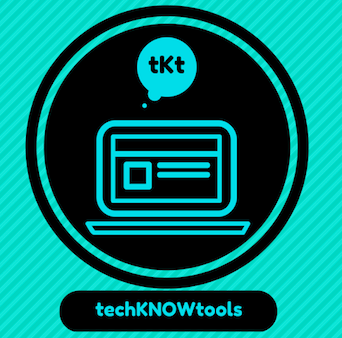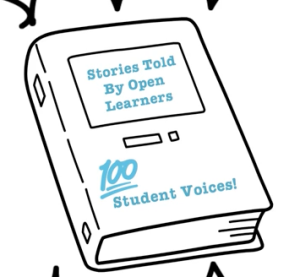In starting a new year and a new term, I am thinking more about student stories and learner experiences in my courses. From my teaching in K-12 and now in higher ed, I continually strive to be a “good teacher.” We know that quality education comes from instructors who are reaching students and by improving learning design, delivery, and engagement. There are multiple intervals during an academic term where I stop to reflect on the lessons learned in online education and to think about my own instructional practice.
Like a number other instructors in higher ed, I review learner comments from the course evaluations at the end of the term. Beyond the evaluative score of these instruments, I think it is critical for instructors, learning designers, researchers, and administrators to listen to the student story in our online (and open) learning environments. Additionally, I solicit student my own student feedback at the beginning and end of the term to learn more about their goals and individual experiences. I also take short notes about each course assignment, project, discussion board prompt, or journal entry reflection to remind myself of how students engaged with/learned from these activities. Much of my instructional reflection involves pedagogical considerations, rather than technological applications. I want to encourage my learners to persist, so I offer opportunities to improve with draft assignments and provide on-going feedback/follow-up. In thinking about my communication practices and technological tools, I want to ensure my online classroom is interactive and offers opportunities to meet both the learning outcomes and student needs.
What do students really want from their online instructor? Here are a few things I have learned over the past few years of online teaching:
- Provide a purpose of each course section connected to the learning goals
- Easy to follow course design and navigation for online learning
- Transparent expectations for requirements and how they will be evaluated/assessed
- Clear directions for course assignments, projects, and activities
- Meaningful online activities and projects that apply beyond the course or connected to their own career/academic goals – relevance!
- Relatively quick responses to questions and/or communication standards as to when/how the instructor/TA for course support
- A connection to the instructor via “presence” or involvement in the course, e.g. video lectures, lecture/screencasting, audio files, course discussion participation, etc. to make it personal and meaningful
As I research online learning strategies to succeed, and continue to teach online each semester, I really want to know more about how my learners persist in online — so I can improve my own practice. In George Veletsianos‘ (2013) book, Learner Experiences with MOOCs and Open Online Learning, ten graduate students immerse themselves in open online learning experiences for two months and share their own narratives. This collection of peer-reviewed, learner essays offer further insight and reflection on the following questions:
- What are learner experiences with open online courses, MOOCs, and other forms of open online learning?
- What is it like to participate in open online learning?
- What are learners’ perspectives of MOOCs?
Although I am not instructing a MOOC, this free e-book offered suggestions to improve learning delivery/design and identify ways to scaffold online environments for my own students. This book may only a slice of online learning, as it shares learners’ reflections from MOOCs, it does indicate that distance education is a complex thing. Expectations, realities, and execution of this learning is quite varied. I think these narratives provided by graduate students offer insight into distance education itself, and perhaps, how we even approach research in this arena. These student stories reminded me to involve my learners in the process of understanding their educational experience. When it comes to online learning, we should ensure the student voice is not crowded out by research ABOUT our students, that is, we need to think about research BY our students. I am thinking more about this key point as I contemplate how to best involve my sample population’s “voice” in my research and discover meaning further meaning that is often overlooked in scholarship.
Reference:
Veletsianos, G. (2013). Learner Experiences with MOOCs and Open Online Learning. Madison, WI: Hybrid Pedagogy Press.


Thank you, Laura, for these ideas and strategies!
LikeLike
Thanks, Charlie!
LikeLike
Hi Laura,
Happy New Year.
Thanks for the book recommendation.
Please copy proof the post …I found some problems with the copy…
LikeLike
Happy 2017 to you, Sheri! Thanks for the message — you are correct, the wrong version posted. This has been corrected. Cheers!
LikeLike
Laura, we’d be interested in talking to you about your ideas/articles on online learning! Please let me know.
LikeLike
Hi John, Feel free to send me any inquiries to chat via my email address. Laura dot Pasquini at unt dot edu. Thanks!
LikeLike